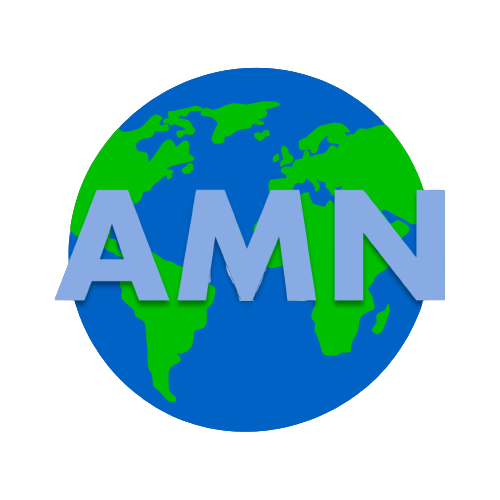Also based at the AMN headquarter is AMN's network planning department. The network planners are responsible for identifying suitable villages for AMN revenue-share sites in each country, which are villages with (a) sufficient people, typically around 1,000 or more and (b) no existing usable mobile service. These sites are then released to AMN's in-country teams for a physical site survey. The network planners will then select the optimum location for the tower, which will normally be close to the centre of the village and from where the maximum population coverage can be achieved. The network planners will then generate simulations of the coverage that will be achieved, which will later be used to verify the implementation after the site has been built.
Extending mobile network Operators' coverage deep into rural Africa
